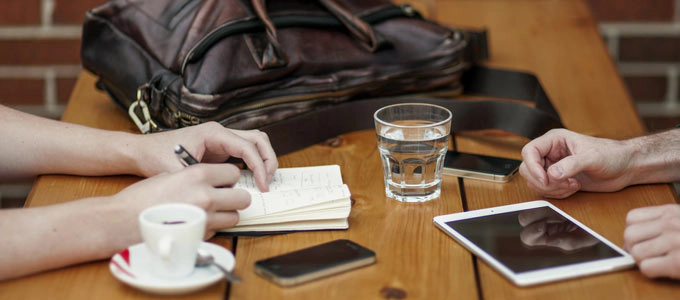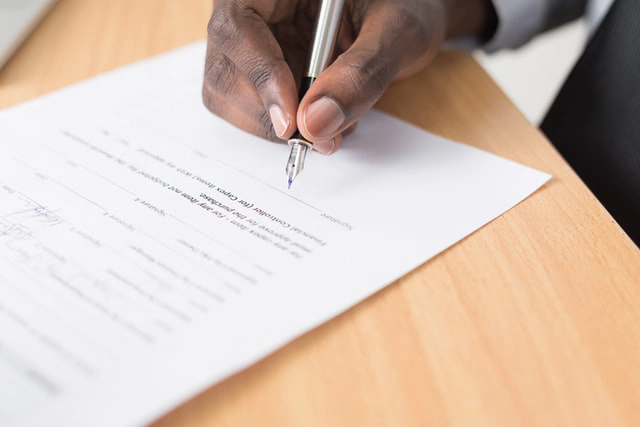board-recruitment
Director Selection: Finding the Right Fit
Published: May 9, 2016
Read Time: 4 minutes

Getting the right people onto a board can be critical to a non-profit’s effectiveness. Yet while the recruitment of a new CEO typically follows a rigorous process, the appointment of a new director is frequently ad hoc, informal and heavily reliant on a closed network of acquaintances. As a result, many non-profit boards may be missing an opportunity to add value to their organisation.
Boards are unique work groups. They meet infrequently and spend limited time together outside the boardroom. Yet members of a board need to function as a cohesive team to make critical decisions. The effectiveness of a board therefore lies not only in the collective skills and knowledge that each individual brings to the boardroom, but also in the ability of its members to work effectively together.
Of course, too much similarity can limit a board’s effectiveness. A homogeneous board is likely to interact well but may lack the diversity to govern diligently. High levels of cohesion in groups can result in groupthink, a condition that reduces independent thinking1. The key to an effective appointment is achieving a balance of both role-fit and group-fit, as illustrated in Figure 1.
Selecting candidates with high role-fit
Directors require skills and knowledge, yet the competencies required are unlikely to be static but rather change in response to both internal and external factors. Candidates with high role-fit have the right technical skills and experience to complement the board’s current configuration and enhance the board’s ability to carry out the tasks required of it.
Selecting candidates with high group-fit
Identifying candidates with the right technical skills is only half of the task. Research has shown that groups of individuals who fail to get along suffer interaction difficulties and poor communication, which prevent the group from reaching its full potential2. Candidates with high group-fit will have shared values, shared goals and similar characteristics to the existing board members.

I recently conducted a study into director selection that found boards want candidates with both high role-fit and high group-fit. However, my study also highlights that selection practices for new directors vary considerably and many boards fail to adopt a selection approach that allows them to adequately assess both forms of criteria.
So what approach should boards take when selecting new members? By casting a broad search for candidates and involving the wider board in the selection decision, boards will be better positioned to appoint a candidate who is not only equipped with the right technical skills but who also functions well within the group. This will ensure their skills are used to make an effective contribution.
Effective director selection practices:
1. Assess role-fit and then group-fit separately
Initial perceptions of an individual’s group-fit can impact the subsequent evaluation of a candidate’s competency3. Assessing candidate role-fit prior to meeting them reduces selection bias and the likelihood that a candidate is appointed on group-fit alone whilst lacking the necessary technical capabilities.
2. Cast a wide net to identify candidates with the right role-fit
For boards that recruit from a small closed network, knowing – or knowing of – a candidate can bias the overall evaluation. Adopting a wider search strategy such as external advertising or recruitment agencies increases the candidate pool as well as the likelihood of identifying a candidate with the desired skills and experience.
3. Involve all of the board in the selection decision
Research shows decision-makers use their own value system when assessing a candidates’ overall fit, and the individual selected is most likely to reflect the values of the decision-maker4. Where a single person dominates the selection process there is a risk that the appointment may be made for the wrong reason. Selection decisions involving the wider board are most likely to achieve a high group-fit.
This article was originally published in the Better Boards Conference Magazine 2015.
-
Janis, I. (1982). Groupthink, Houghton Mifflin: Boston, MA ↩︎
-
Steiner, I.D. (1972). Group process and productivity. New York: Academic Press. ↩︎
-
Zellmer-Bruhn, M. E., Maloney, M. M., Bhappu, A. D., & Salvador, R. B. (2008). When and how do differences matter? An exploration of perceived similarity in teams. Organizational behaviour and human decision processes, Vol. 107(1), pp. 41-59. ↩︎
-
Judge, T.A., & Ferris, G.R, (1992). The elusive criterion of fit in human resource staffing decisions, Human Resource Planning, Vol. 154, pp.47-67. ↩︎
Share this Article
Recommended Reading
Recommended Viewing
Author
-
Lecturer & Researcher
- About
-
Natalie is a Lecturer in the School of Accountancy at QUT Business School. She holds a Bachelor of Business (Accountancy) from RMIT, a Masters of Business (Research) from QUT and a doctorate (PhD) from QUT. Natalie’s research interest lies in the field of corporate governance with a particular focus on board composition, director motivation and director effectiveness. Natalie is a CPA with 12 years of international corporate experience as an accountant and commercial manager.
Found this article useful or informative?
Join 5,000+ not-for-profit & for-purpose directors receiving the latest insights on governance and leadership.
Receive a free e-book on improving your board decisions when you subscribe.
Unsubscribe anytime. We care about your privacy - read our Privacy Policy .










